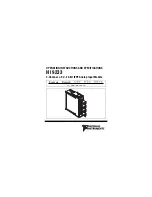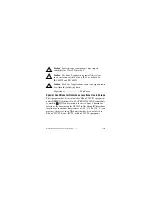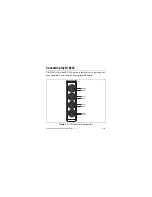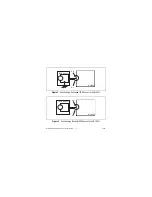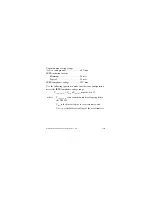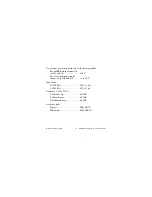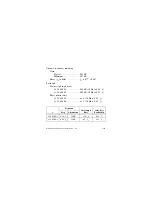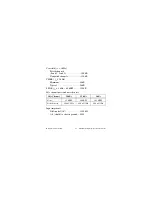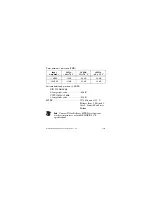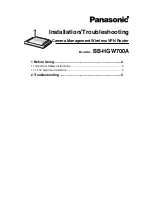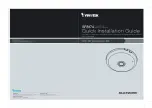
NI 9233 Operating Instructions and Specifications
10
ni.com
The NI 9233 also has TEDS circ
u
itry. For more information abo
u
t
TEDS, visit
ni.com/info
and enter
rdted
s
.
Understanding NI 9233 Filtering
The NI 9233
u
ses a combination of analog and digital filtering
to provide an acc
u
rate representation of in-band signals while
rejecting o
u
t-of-band signals. The filters discriminate between
signals based on the freq
u
ency range, or bandwidth, of the signal.
The three important bandwidths to consider are the passband, the
stopband, and the alias-free bandwidth.
The NI 9233 represents signals within the passband, as q
u
antified
primarily by passband flatness and phase nonlinearity. All signals
that appear in the alias-free bandwidth are either
u
naliased signals
or signals that have been filtered by at least the amo
u
nt of the
stopband rejection.
Passband
The signals within the passband have freq
u
ency-dependent gain or
atten
u
ation. The small amo
u
nt of variation in gain with respect to
freq
u
ency is called the passband flatness. The digital filters of the
NI 9233 adj
u
st the freq
u
ency range of the passband to match the
data rate. Therefore, the amo
u
nt of gain or atten
u
ation at a given

